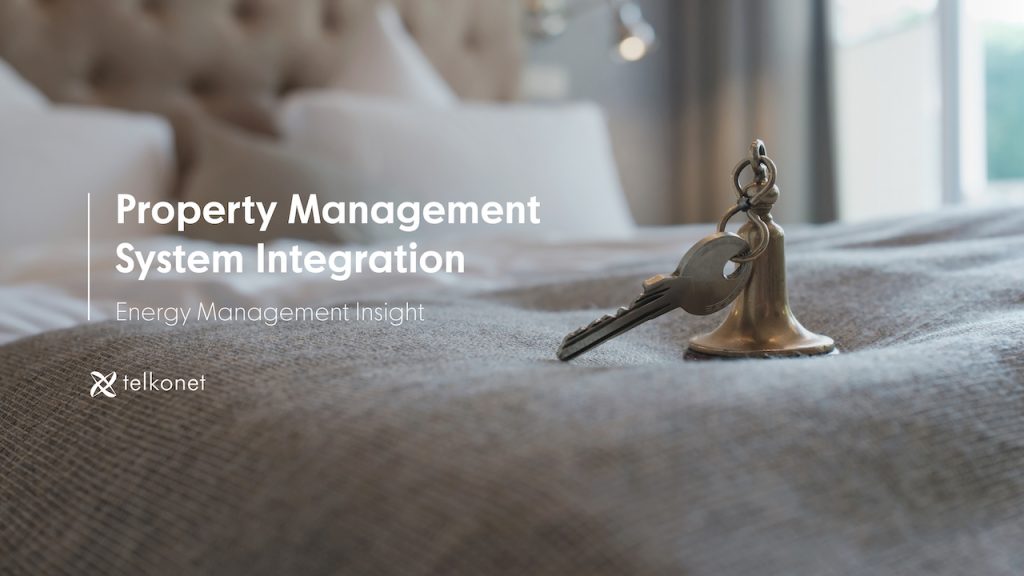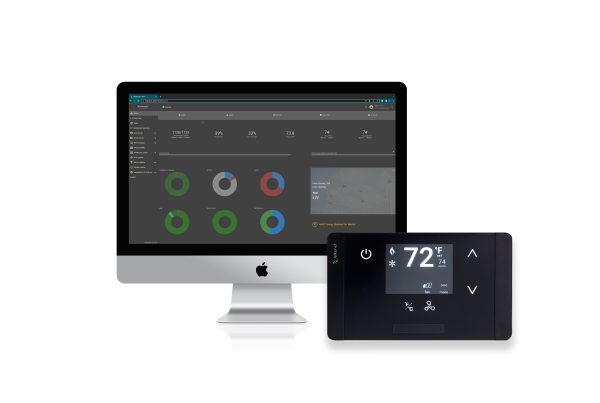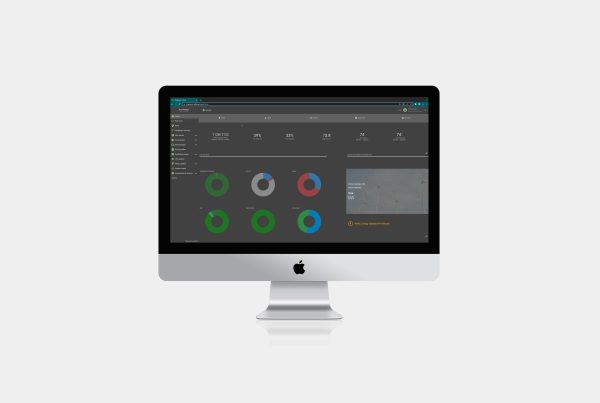 Integration of an Energy Management System with the reservation system enables the ability to save energy more aggressively in a room that is classified by the Property Management System (PMS) as ‘Unsold’.
Integration of an Energy Management System with the reservation system enables the ability to save energy more aggressively in a room that is classified by the Property Management System (PMS) as ‘Unsold’.
Although the PMS information can estimate which rooms are occupied based on reservation data, PMS by itself cannot conclusively indicate whether the guest room is occupied but rather only if it is sold or unsold.
That is the responsibility of an EMS platform. When an EMS and a PMS are integrated together, the result is more than the sum of their parts. They produce highly accurate occupancy data, which in turn increases the property’s energy savings.
There are quite a few big-league players in the Property Management System market, and a reputable Energy Management System will have the ability to integrate with them easily.
An EMS solution can command room thermostats into an ‘Unsold’ status, prompting the temperature to drift further than if it were merely unoccupied, reaping the benefits of energy savings. The thermostat that switches into an Unsold Profile implements more aggressive energy savings settings. Also, as an option, housekeeping or maintenance visits do not trigger an occupied room status thereby decreasing energy use. The additional savings attributed to PMS integration have been recorded at 5-15%. The exact amount depends on the climate and overall occupancy rate of the property.
Then when the room status switches to ‘Sold’, the temperature begins its return to setpoint before the guest even arrives at the room. That’s saving energy without sacrificing guest comfort.
The status that saves the most energy is Unsold/Unoccupied. The setpoint is lowered even further, and the temperature is allowed to drift even more.
The beauty of an EMS/PMS integration is that it can so effectively balance guest comfort and energy savings.


